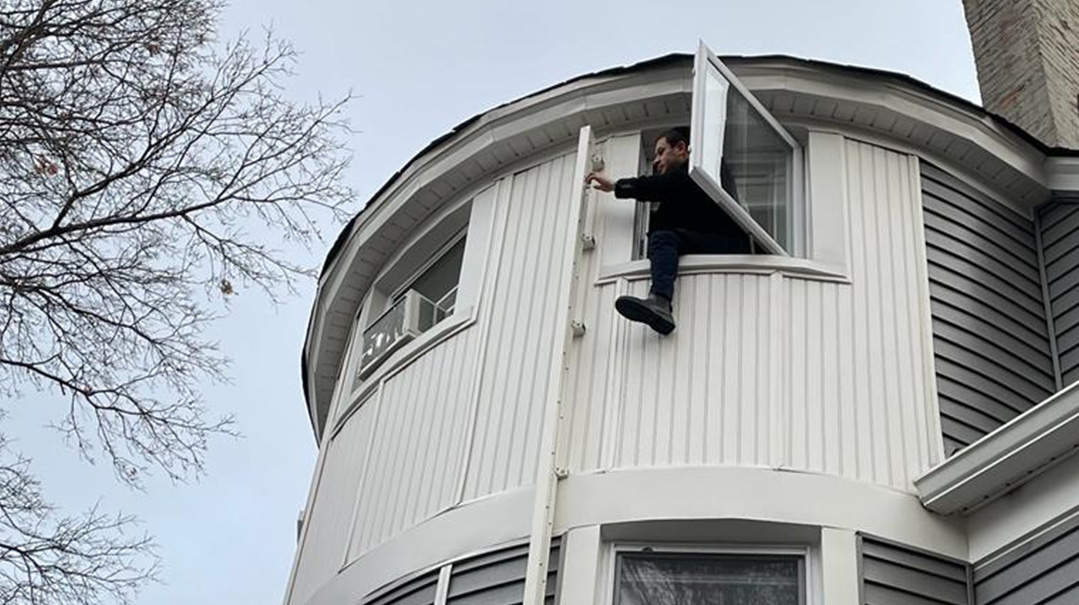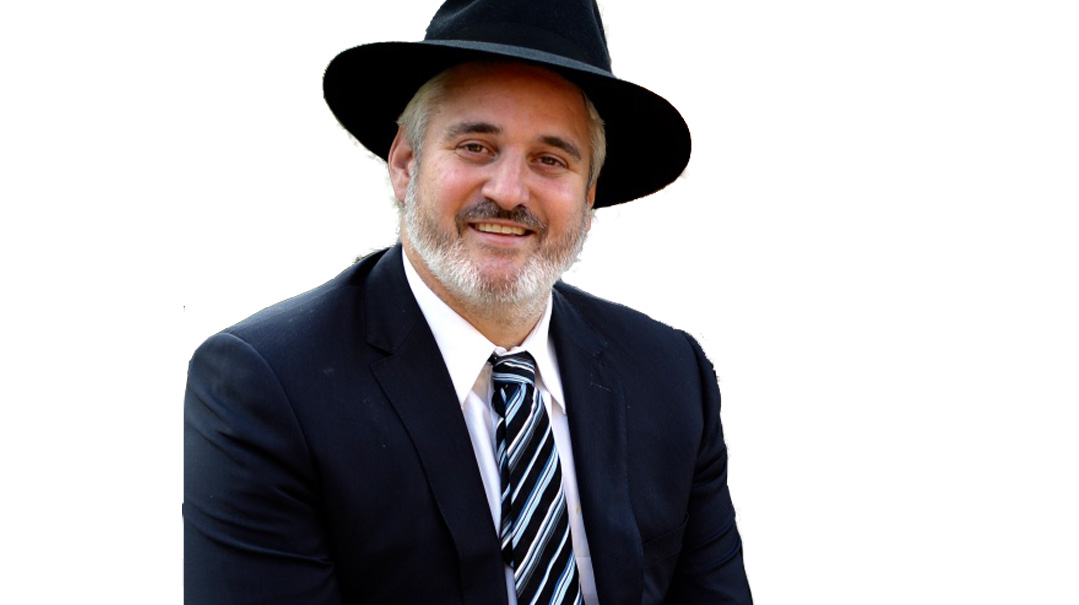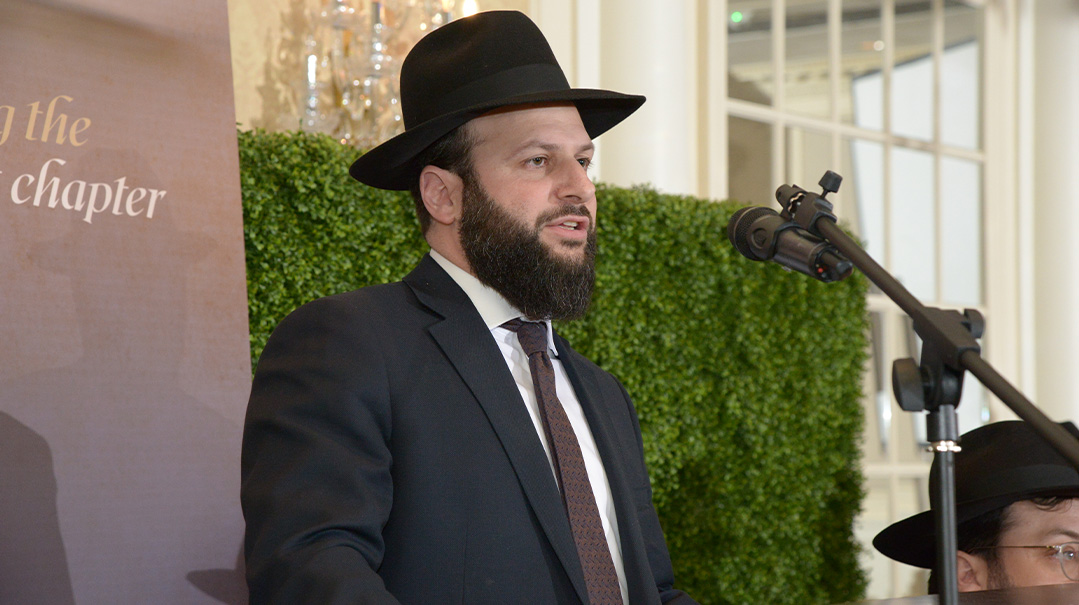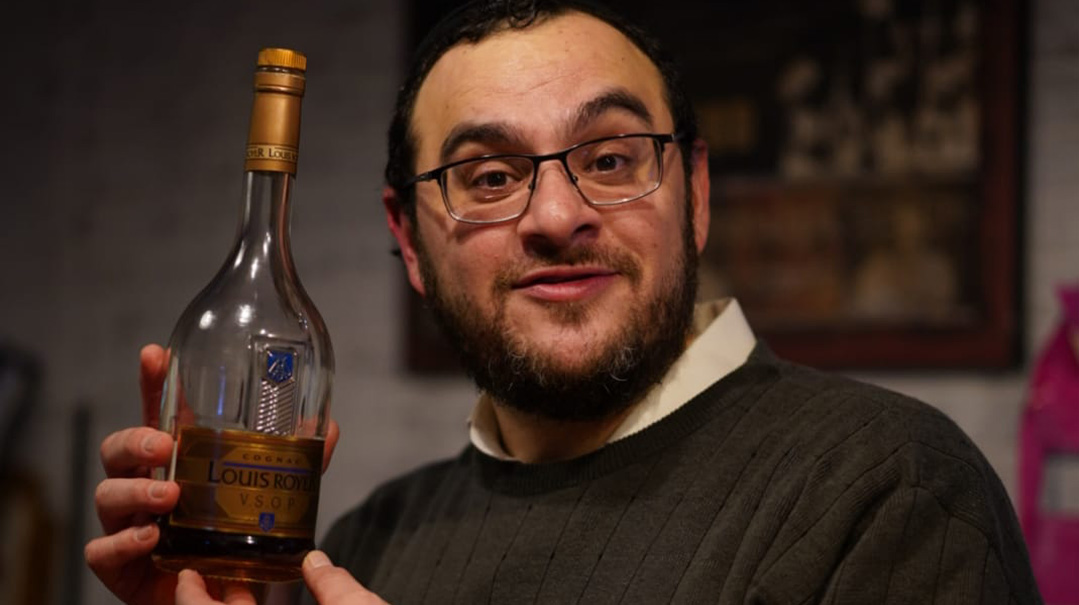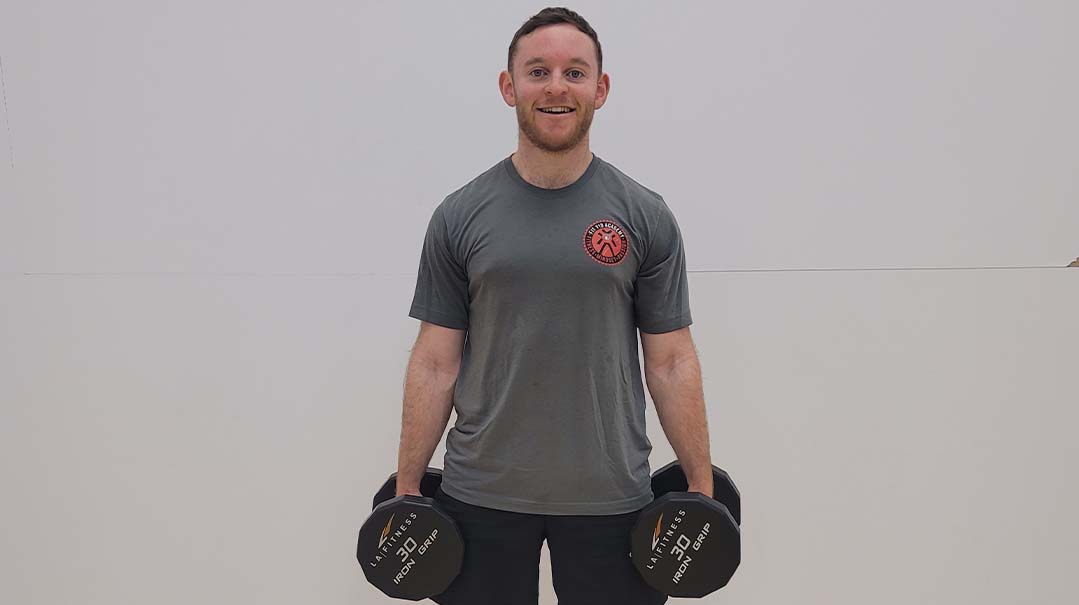10 questions for Rabbi Ezriel Munk

Usually, people just want what they grew up with, I hear that a lot — “My parents had this type of succah, that’s what I want.”
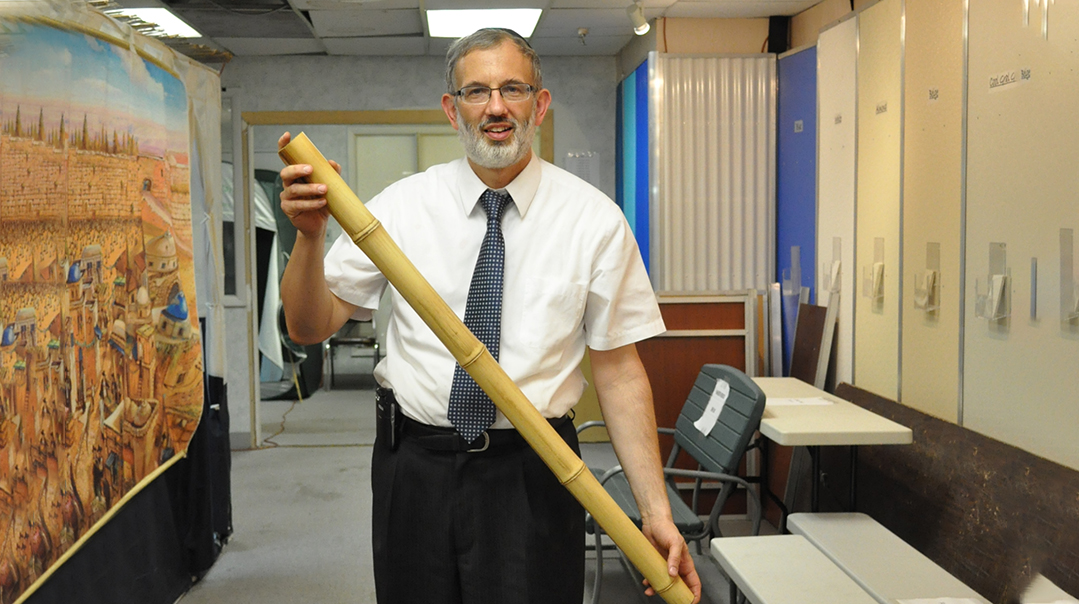
Rabbi Ezriel Munk is a partner at National Sukkah Outlet in Passaic, New Jersey.
How much of the year are you occupied with succahs?
All year! From Succos until we clean up the merchandise, close the books, figure out what we need for next year, it takes time. Some s’chach comes from Kenya, and their rainy season is April, May, and June, so we need our order in by November so they can cut it and dry it and pack it and get it on the boats, so it’s out of there and not getting wet. And come end of December, we need to order bamboo poles, bamboo mats, and succah parts for the next year already, because China closes down for a holiday January-February time. Then they come back to the factories and they’re producing in March, April, and May, and they ship in May — you hope! — so you get it four or five weeks later. We start selling sometime around the Three Weeks, depending how late Succos falls out.
What are the latest innovations in succahs?
We’re trying new things all the time, working with ideas back and forth; some work, some don’t. Two years ago, we developed the Fold ‘n Go, it’s on a spring and pops up when you open it, and it folds up so small and lightweight you can even carry it in one hand, it’s like those pop-up hampers. That’s been successful. Last year we had a sample for a blow-up succah, it came with a pump like you use for tires and it plugged into the cigarette lighter in your car. That didn’t go, it wasn’t practical.
Is there a succah that’s good for people with two left hands?
The Easy-Lock succah doesn’t take much — it has interlocking bars that fit into each other, you don’t need any tools. It’s over 10 years old, and it’s pretty popular. And there’s the modular succah — an aluminum frame with fiberglass or wood filling in — and once you get the hang of it, it’s really not complicated, no drills and pieces and building doors.
What’s your most popular seller?
Depends on the region. Go to Williamsburg, they have two-by-eights, narrow because they have no place to store the succah and high because they all wear streimlach. If you go to Flatbush, they have four-by-seven panels. In Monsey and New Jersey, people tend to like seven-and-a-half-feet high. Lakewood is more modular and wood succahs, Teaneck and Bergenfield more Easy-lock succahs. The latest is that people are putting stained glass windows on the top of the walls. People are also custom-ordering taller succahs, ten-footers.
How should someone decide whether to go for wood, canvas, or fiberglass?
The cheap woods are more popular than the expensive ones, but wood isn’t so popular now because it doesn’t last and you need tools to put it together. The most important is to know your storage capabilities — do you have the room to store panels? A canvas succah comes down to nothing, so it’s good for people with a no space. Usually, people just want what they grew up with, I hear that a lot — “My parents had this type of succah, that’s what I want.”
What’s the best succah for hot climates? How about colder ones?
If it’s hot, a lot of people want the Easy-Succah — they call it the Sunshine Succah — because the top is screens, or they get a hard-wall succah with lots of windows. I’ve built wood and modular succahs with air conditioner slots for people in Florida. In cold places, solid wood is best, after that modular, so you don’t feel the wind blowing.
Where’s the most interesting place you’ve shipped a succah? What were your largest and smallest succahs?
Iraq, for the US Army. We even have a picture of a succah outside one of Saddam Hussein’s palaces! We also send to Switzerland, they tell me the labor there is very expensive, so it pays to get the work done here and pay for shipping. The smallest succah we ever made was a four-by-four, the largest was a 70-by-100 for a day school so 350 kids could eat in it at once.
Is anyone buying bamboo poles anymore, or is it all mats?
It depends. Lakewood and Monsey — Monroe, New Square, those areas — use a lot of poles. Everywhere else, most people use mats. The natural string that holds the mehadrin mats together has really improved. Take the Kaynus mats that are made with reeds from Kenya. To hold it together they use agave, a natural fiber that grows around a plant there. Be careful that it’s very dry when you put it away, because they really absorb water. People ask me for storage bags and I tell them they’re better off not, this way they don’t get mildew.
What’s the most innovative succah you’ve heard of or made?
I once made a succah for someone on wheels. Her house had an overhang and she didn’t want to have to get busy with a shlock, so she’d wheel it under the overhang if it rained. Smart move, because I’ve seen too many succahs collapse or come down with the rain under shlocks. If you don’t want rain, I tell people, move to Eretz Yisrael. I’ve also made two-room succahs so there’s a sleeping part and an eating part. And of course, everyone’s seen those succahs with the Coca-Cola crates.
How common is it for a woman to be the one purchasing a succah?
It’s not uncommon. You also have those who come with their husbands but they say, “I’m cooking, the succah is your problem.” People come succah shopping with the whole family sometimes. In our showroom, we have two little model succahs to keep the kids busy. We also have a larger succah with a table set with china and mannequins around it — grandparents, children, and grandchildren. I guess it looks real enough, because I’ve had people walk in and start talking to them!
(Originally featured in Mishpacha, Issue 428)
Oops! We could not locate your form.

